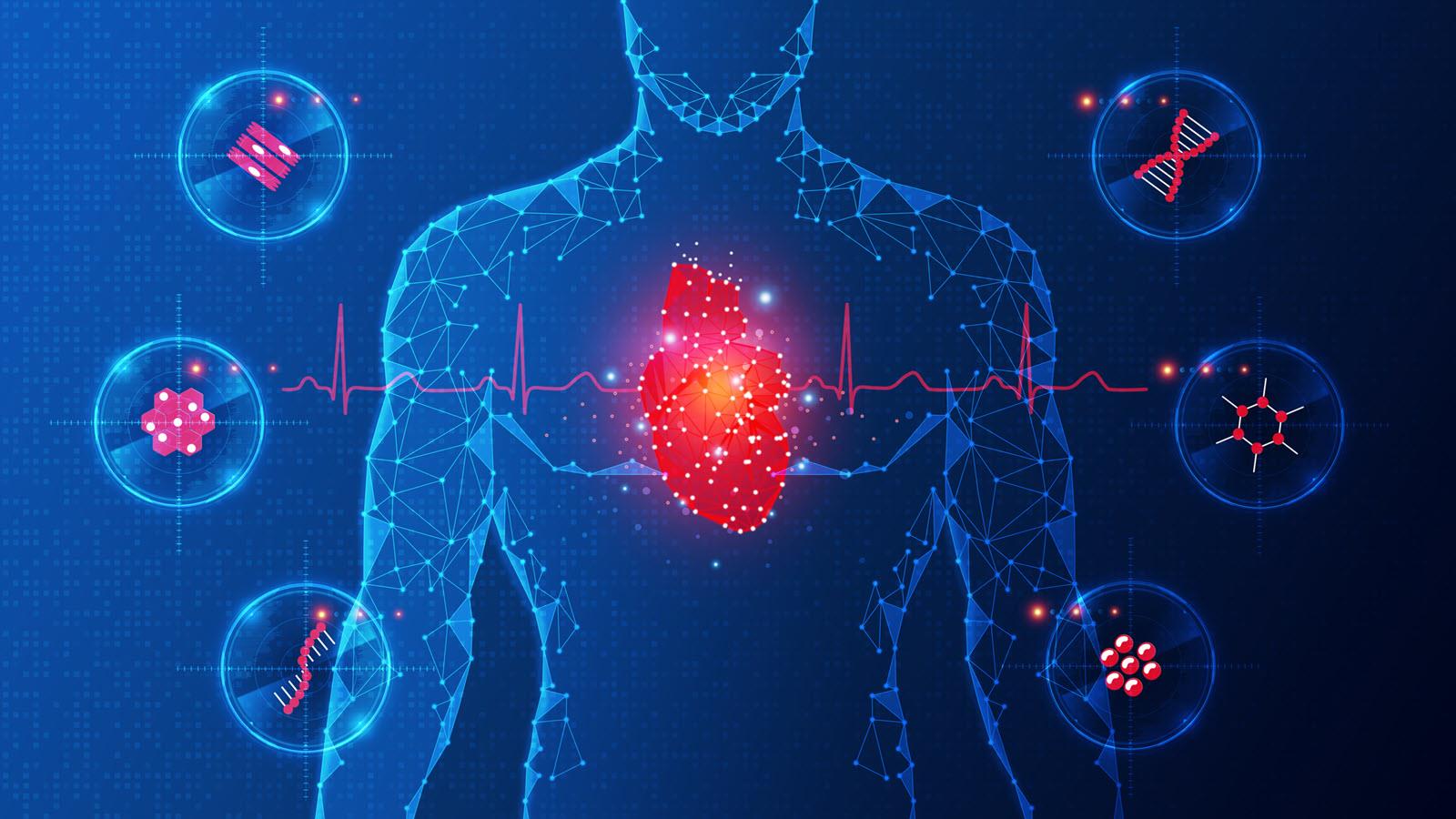Much like the word itself, “biomarkers” are measurable indicators that speak to biological processes happening in the body, both in health and disease. These indicators may be small molecules, proteins, hormones and cells which can be identified in blood and other body fluids.
Biomarkers allow conclusions to be drawn about normal processes and their deviations in the body. Biomarkers can help in the diagnosis of diseases, in the understanding of underlying disease mechanisms, in the development of new drugs and some will contribute to understanding the disease outcome. So, the better the biomarkers are understood, the more we will know about the processes that are ongoing related to a specific disease.
CSL scientists are conducting a number of so-called non-interventional research studies (NIRS). One of these studies aims to better understand the biomarkers of sickle cell disease (SCD), a hereditary disease that modifies the hemoglobin of the red blood cells, which become more rigid and sticky, often causing anemia (too few or faulty red blood cells) and other complications that impact multiple organs. Or in the words of a patient: “Sickle cell disease is not an easy illness. It’s a life-long illness with severe pain that sometimes lasts for days, weeks or even months.”
This study joins up scientists at the CSL Biologics Research Center at sitem, the Center for Translational Medicine and Entrepreneurship in Bern, the Clinical Trial Unit of the University of Bern as well as a research group led by Dr. Alicia Rovó, Deputy Chief Physician and Division Head of the Clinical Division Hematology of the University Hospital “Insel” of Bern.
“Our study may contribute to accelerating the understanding of the processes and interactions of sickle cell disease by applying novel methods to measure and assess certain biomarkers,” Rovó said, “and by this, to improve our understanding of the disease’s symptoms, such as the severe, recurring pain crises which are typical in people with sickle cell disease.”
Specifically, the study’s primary objective is to validate potential new biomarkers for hemolysis – the bursting of red blood cells – and hemostasis – the steady state of processes ongoing in the blood – by applying novel methods developed at the CSL Biologics Research Center.
“The unique proximity between CSL researchers and the university hospital made possible by our presence at the sitem campus, which is literally just a stone throw away from the hospital premises, allowed for a collaboration on all levels,” said Moritz Saxenhofer, CSL’s study lead for this NIRS.
Research groups with the hospital and CSL jointly planned the study. And both are using blood and urine samples to measure a variety of biomarkers and apply novel assays to measure and assess specific biomarkers.
“We have a common interest to better understand sickle cell disease and possible intervention points for therapies thereby generating the basis to develop new treatments,” Saxenhofer said. “Combining the vast amount of data gathered by both partners allows us to complete the picture, to give us a more holistic view on the disease.”



